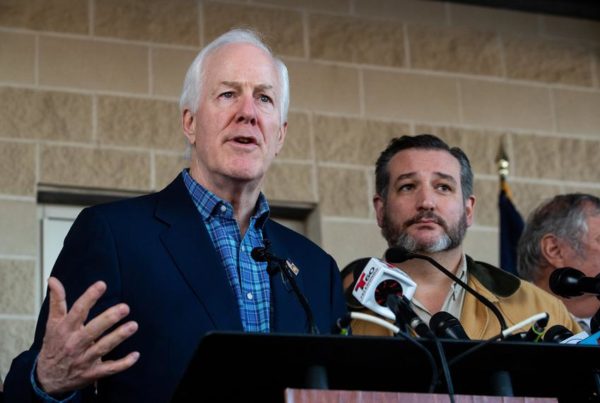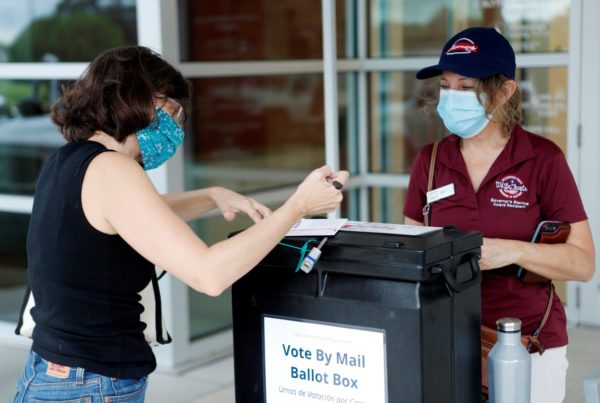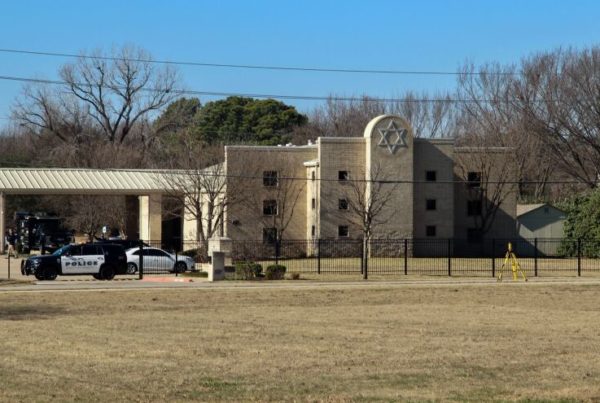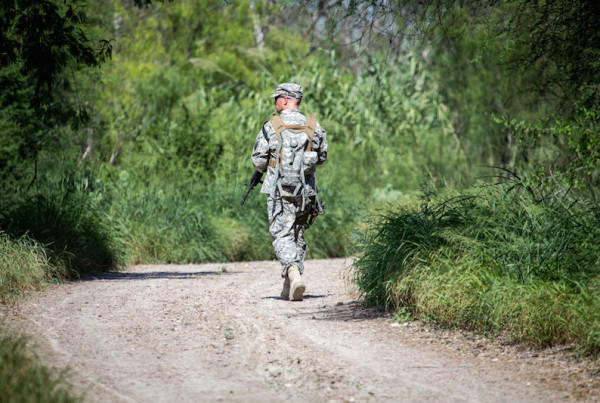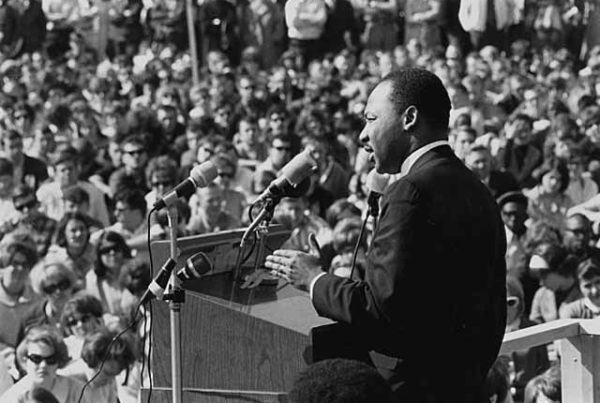From American Homefront:
Medical centers run by the Department of Veterans Affairs are getting squeezed by staff shortages because of the COVID-19 surge. More than 70 of them have taken special measures to try to cover essential jobs, such as reducing the amount of time workers must isolate after testing positive.
A visit to the Durham, North Carolina VA on a recent day, when dozens of its 3,400 staff members were absent due to COVID-19, revealed some of the measures it’s having to take.
The pandemic had already forced the staff retool the way it uses the building. They created a small COVID testing clinic with its own dedicated entrance. Two hospital workers stood outside doing triage.
“It’s set up so you’re not asking sick people to tromp through to the lab or upstairs to their specialty clinic,” said Karen Hall, the nurse practitioner in the infectious diseases clinic. “You can basically keep people right outside the door, do their testing there.”
“Being able to process orders, get the swabs, get them to the lab, and have it all consolidated and easy access being the big thing,” she said. “They don’t end up in the emergency department just to get tested.”
When vaccines became available a year ago, the medical center converted its central atrium into a COVID-19 vaccination clinic. The Durham VA also has expanded waiting areas into hallways to allow for distancing.
While these changes to the physical space were made months ago, the highly contagious omicron variant is forcing the medical center to constantly reconfigure another scarce resource: its staff.
Dr. Christopher Hostler, who heads the Durham VA’s office of public health and epidemiology, said omicron has increased the patient load, but the cases generally aren’t as severe. In fact, many cases are being discovered in patients who are being treated for something else.
Omicron is so contagious, though, that it’s led to a surge in staff members having to stay home because they’ve tested positive.
“It becomes a matter of just prioritizing, making sure that we’re diverting staff to areas that we can ensure that we’re taking care of veterans where they need us most,” Hostler said.
Tammy Adkins helps schedule nurses in the medical specialties clinic. A registered nurse herself, she’s had to take on more frontline work because one of the nurses in her area was part of a domino-effect set of changes triggered by COVID-related absences.
“We have a nurse downstairs that went to in-patient, we sent a nurse up here to fill her position,” she said. “So we’re kind of shifting the load.”
Sometimes, she said, those temporary shifts require additional training for nurses who are given different duties.
She said medical center also is temporarily reducing its labor needs by leaning more on distance medicine.
Telehealth appointments by phone or computer have been a big VA priority for years now for certain kinds of care, but the latest COVID spike has made that option even more valuable.
“When we have the telehealth appointments, that does lessen the workload on the nurses on the staffing here,” Adkins said.
Also, fewer in-person patient visits reduce COVID-19 exposure risks for all concerned, Adkins said.
Hostler said the wide expectation that the omicron-driven spike will be brief can make telehealth an option in cases where he might normally have seen a patient in person.
“I think we’re more thoughtful about who needs to come in for face-to-face visits,” he said. “When I’m scheduling my own patients, I will routinely offer them telehealth, particularly my veterans who are hours away and travel as a hardship.”
Hall, the nurse practitioner, said her clinic’s staff also is having to surge its work hours.
“Pretty much everybody in infectious diseases has been working seven days a week,” she said. “Most of us have computer access from home, and we spend a fair amount of time in the evening and on weekends looking to see who’s being admitted, looking to see who we’ve gotten outpatient consults on, trying to sort out different sort of strategies for getting the right care to people.”
To help prevent staff from burning out, she said they try to cover for each other, so that when someone needs a break, others will fill in.
The big point, she and Hostler said, is that despite the surge in COVID cases and the shortage of staff, so far, if a veteran needs care, the medical center is still able to provide it.
“I absolutely want veterans to come in for care if they need care,” Hostler said. “I mean, that we can deliver care safely, and we will continue to deliver care safely. But I don’t want them to delay their own care because of concerns about what’s going on in the external environment right now.”
This story was produced by the American Homefront Project, a public media collaboration that reports on American military life and veterans.Funding comes from the Corporation for Public Broadcasting.




